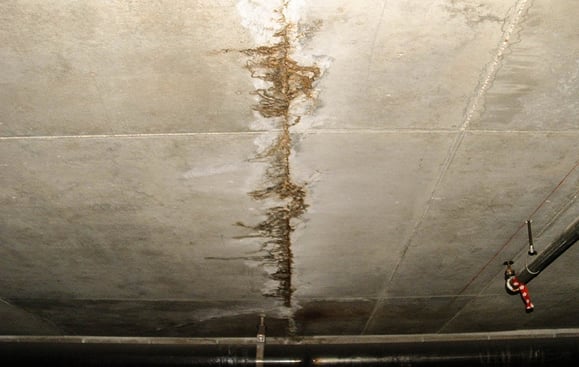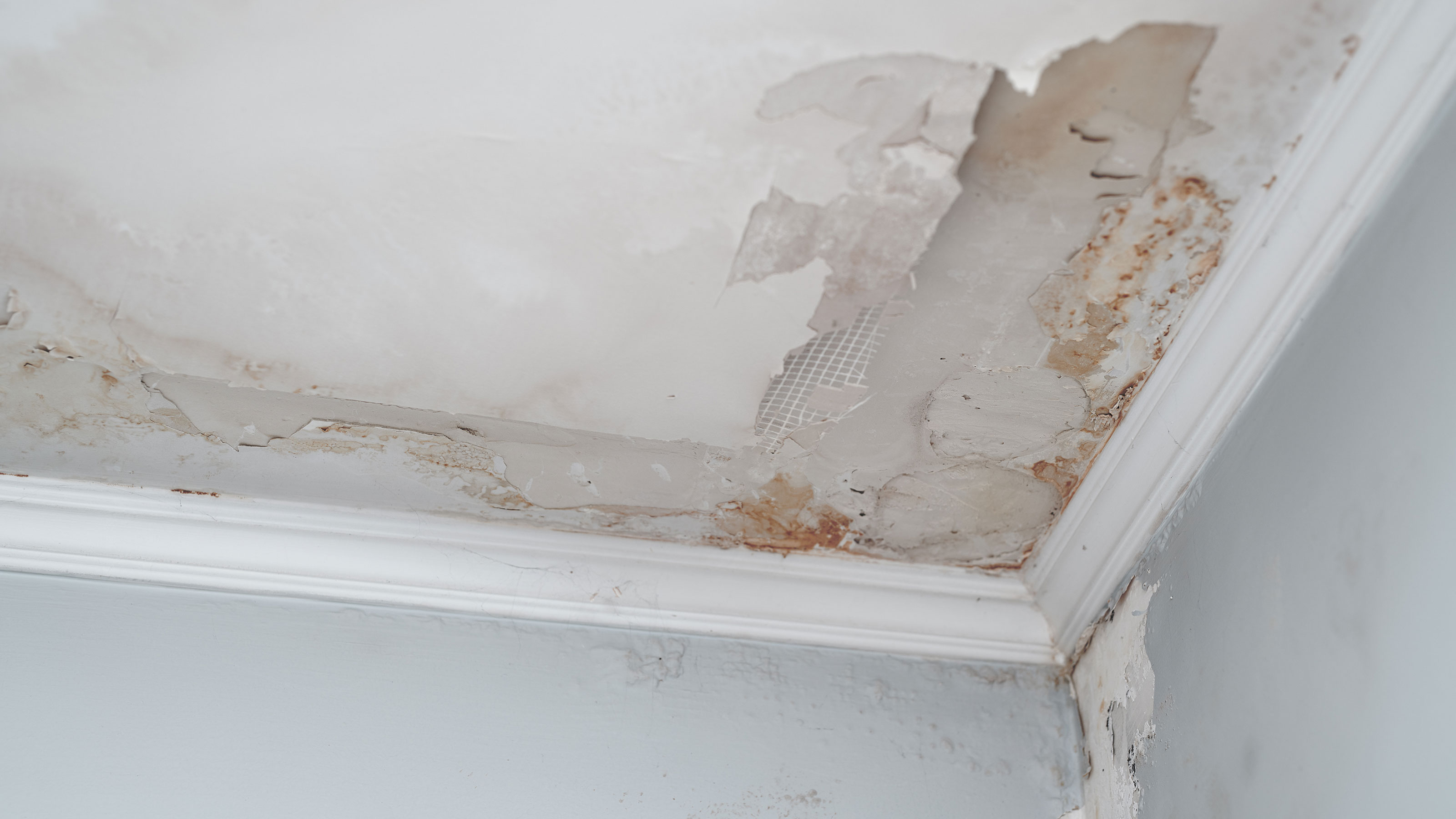The Refine of Water Damages Clean-up: Ensuring Your Home Is Restored Effectively
Water damages can be a daunting challenge for homeowners, necessitating a organized and meticulous cleaning procedure to bring back security and functionality. Initially, a thorough analysis is vital to identify the level of the damages and identify the appropriate removal actions. Following this, effective water removal methods play an essential duty in minimizing additional damage. The nuances of drying, disinfecting, and ultimate restoration are equally important and often neglected. Comprehending these stages can make a considerable distinction in the end result of your home's restoration, prompting a closer check out what each step entails.
Examining the Damage
Upon finding water damages, the very first step is to thoroughly evaluate the degree of the effect. This preliminary examination is critical, as it helps figure out the essential steps for efficient cleaning and reconstruction. Begin by inspecting the affected areas, including walls, ceilings, floors, and personal possessions, to determine the resource of the water breach, whether from flooding, leaks, or condensation.
Recording the damage is crucial for both insurance coverage claims and preparing reconstruction efforts - damage restoration services. Use pictures and created notes to capture the intensity of the damages, keeping in mind any kind of afflicted structural components and materials. Pay special interest to areas that might not be immediately noticeable, such as behind walls and under carpets, as concealed dampness can cause additional issues, including mold growth
Additionally, evaluate the timeline of the water direct exposure. Ultimately, a detailed analysis lays the groundwork for an effective water damages clean-up procedure, ensuring that all influenced areas are addressed successfully and completely.
Water Extraction Methods

Specialists typically utilize completely submersible pumps for larger volumes of water, which can promptly relieve flooding in basements or other affected areas. For smaller sized amounts, wet/dry vacuum cleaners are commonly utilized to remove residual dampness from rugs and hard surface areas. In addition, making use of portable extractors enables targeted removal in confined rooms or areas with fragile materials.
In instances of polluted water, such as sewage or floodwater, progressed removal strategies might involve using biohazard devices to make sure security and compliance with health guidelines. High-powered removal devices are important in reducing water retention in structural materials, which can cause mold development and architectural wear and tear if not resolved immediately.
Ultimately, the effectiveness of water extraction methods plays a critical function in the total success of the water damages clean-up process, laying the foundation for subsequent repair initiatives.
Drying and Dehumidification
As soon as standing water has actually been efficiently removed, the following vital phase in the water damages clean-up process is drying and dehumidification. This step is essential to protect against additional damage and mold and mildew development, which can take place within 24 to two days in moist environments.
To attain effective drying out, specific devices such as industrial-grade air moving companies and dehumidifiers is employed. Air movers flow air across damp surface areas, improving dissipation rates, while dehumidifiers lower click site humidity levels in the air, advertising a favorable atmosphere for drying out. The combination of these tools guarantees that moisture is extracted from floorings, wall surfaces, and furnishings, water repair companies permitting them to dry completely.
It is crucial to check the drying procedure carefully. Experts typically make use of dampness meters to evaluate the moisture web content in various materials, guaranteeing that all influenced areas reach appropriate dryness levels. This careful method aids to stop concealed dampness pockets that can lead to architectural damage or harmful mold development.

Cleaning and Sterilizing
After the drying out and dehumidification stage is full, the following essential step in water damage cleanup is cleaning and sanitizing the impacted areas. This process is crucial to stop the growth of mold and mildew, germs, and other microorganisms that prosper in moist settings.
The cleansing stage typically entails removing any kind of particles, dust, and pollutants from surface areas utilizing specialized cleansing representatives. For difficult surfaces, a combination of soap and water or commercial cleansing items is usually used. Soft materials, such as upholstery and carpets, might require a lot more considerable cleansing techniques, consisting of heavy steam cleaning or deep extraction strategies, to ensure thorough hygiene.

Disinfecting adheres to cleaning, making use of EPA-approved anti-bacterials to eliminate harmful microbes. This step is essential, specifically in locations that might have entered contact with floodwaters or sewer, as these resources can position serious wellness dangers.
Additionally, it is essential to address any type of continuing to be odors, which may require making use of odor neutralizers or sophisticated strategies like click here for more info ozone treatment. Correct cleaning and sanitizing not only bring back the safety and hygiene of your home yet also lay the foundation for effective repair and repair work in succeeding phases of the water damage cleanup procedure.
Restoration and Repair Services

As soon as the analysis is complete, restoration initiatives can start. Furthermore, flooring might require similar attention, depending on the degree of water direct exposure.
It is crucial to involve skilled remediation professionals throughout this procedure, as they have the know-how to manage complex repairs properly. They can assist mitigate possible future issues, such as mold and mildew growth or architectural instability, therefore guaranteeing a habitable and risk-free living setting. Eventually, effective restoration and repair services restore the home's stability and enhance its general value.
Conclusion
Finally, the procedure of water damages cleanup is critical for recovering a home to its pre-damage condition. Each phase, from assessing the damage to applying efficient water removal techniques, followed by detailed drying, sterilizing, and needed repair services, plays a vital duty in ensuring safety and conformity with building requirements. Reliable implementation of these steps not just alleviates immediate damages however additionally enhances the long-term honesty and worth of the building.
Water damage can be a complicated obstacle for home owners, demanding a thorough and structured cleaning process to bring back safety and functionality. Inevitably, an extensive analysis lays the foundation for a successful water damage clean-up process, making sure that all impacted areas are addressed effectively and extensively.
Reliable water removal methods are important in mitigating damages and stopping additional complications complying with a water breach event.In conclusion, the process of water damages clean-up is vital for restoring a home to its pre-damage problem. Each phase, from evaluating the damage to carrying out efficient water extraction methods, complied with by extensive drying, disinfecting, and necessary fixings, plays an essential function in making certain safety and compliance with structure requirements.